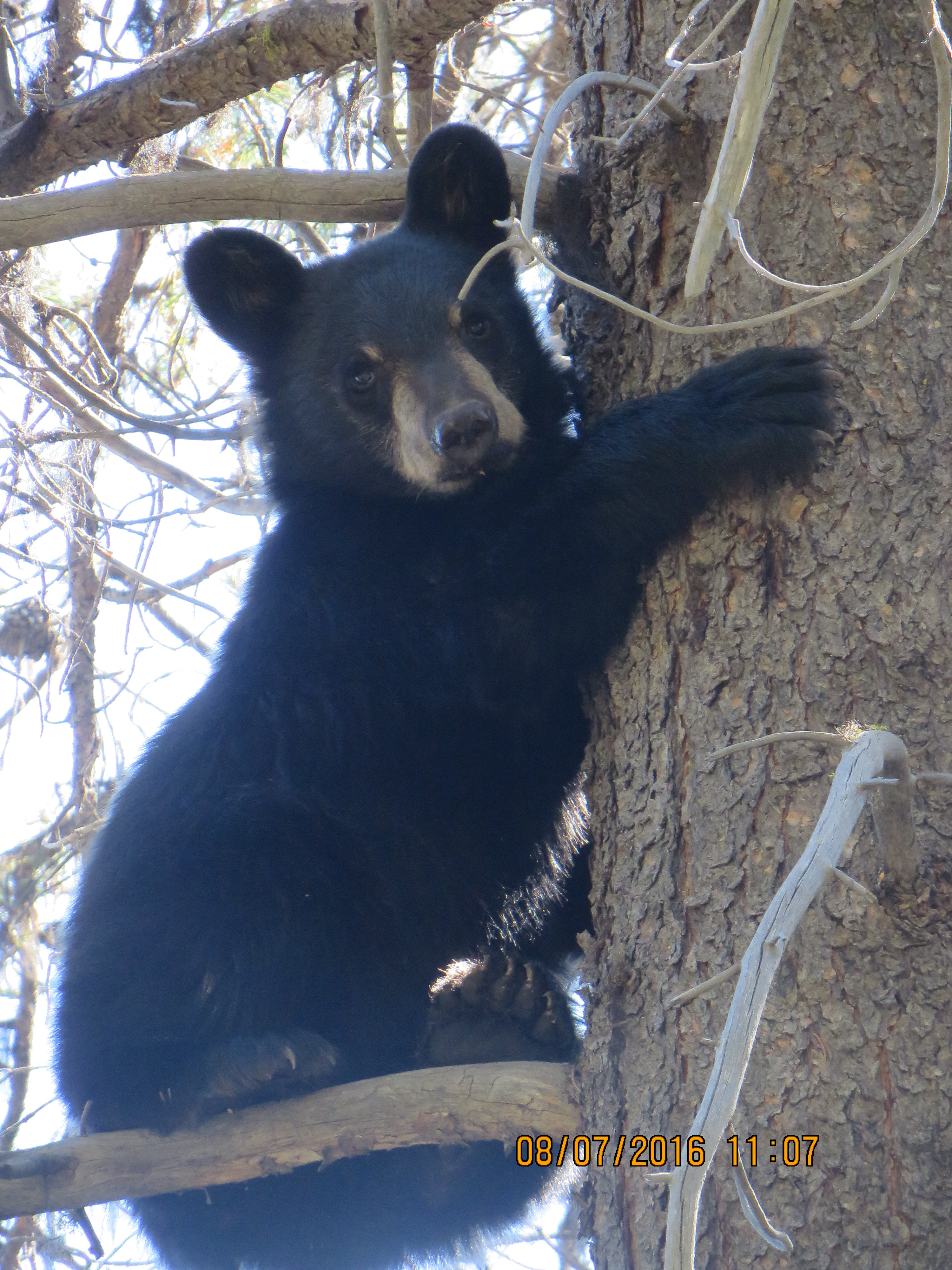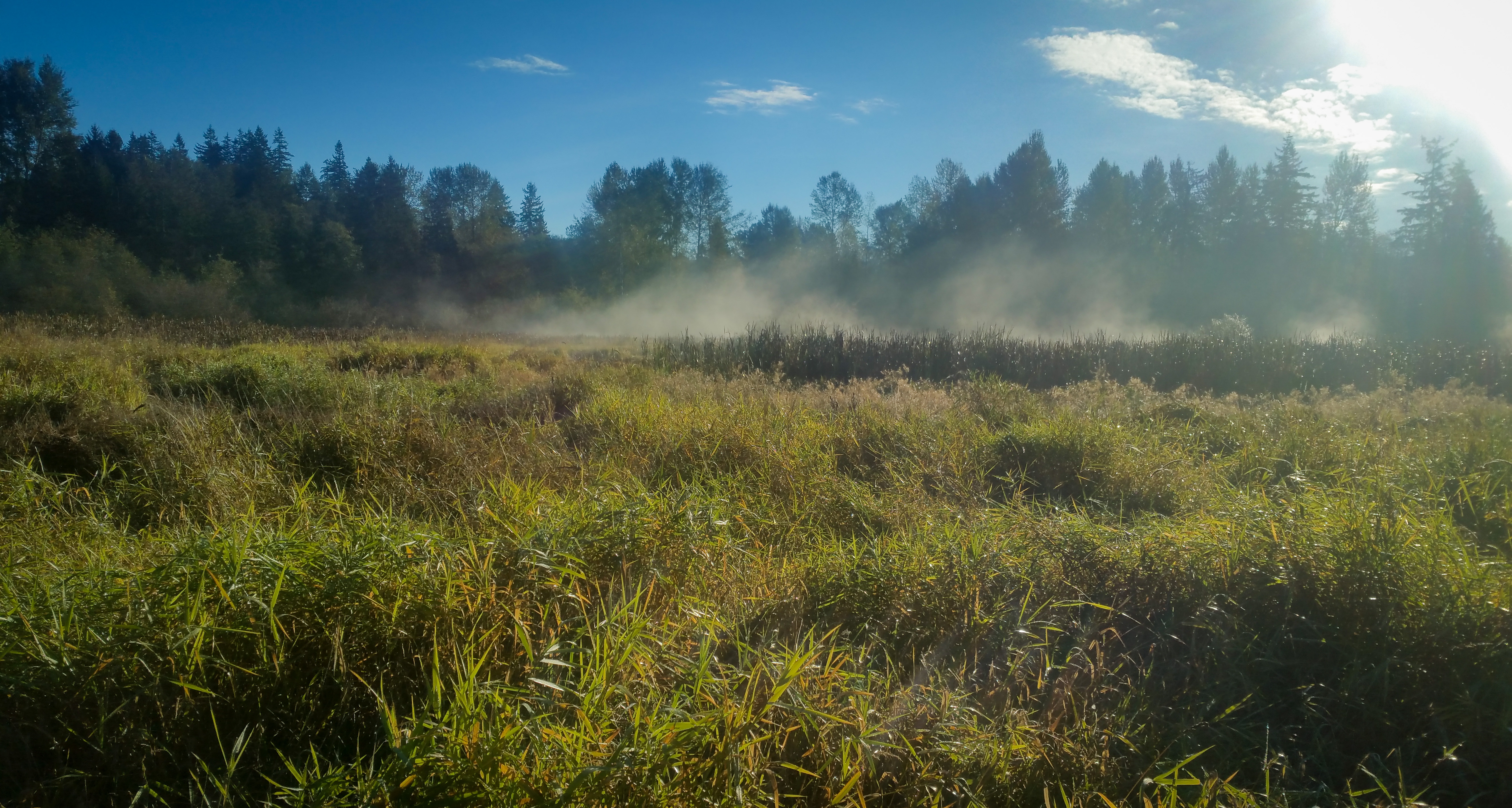As development pressures increase, the stewardship of vital ecosystems is critical for protecting wildlife populations and habitat. The effort must be based on solid conservation biology, recognizing the resilience, complexity and interdependence of all life. Conservation of critical habitat and species requires comprehensive strategies and collaboration among partners working in the region, recognizing the limitation of funds available. Stewardship is the shared responsibility of empowered citizens, engaged scientists, collaborating foundations, informed business and property owners, and an accountable government. Healthy and diverse wildlife populations and habitat must be preserved through sound government policies and a range of creative conservation approaches. The principle of sustainability requires that environment, economics and equity are considered together to protect the quality of life at every level.
What We Do NOT Support:
- Organizations whose mission statement does not include wildlife and habitat preservation
- Preserving of small isolated parcels of land
- Preservation of land solely valued for recreational purposes
- Projects primarily in urban areas
- Wildlife rehabilitation
- Captive breeding
- City parks
- Zoos and aquarium


